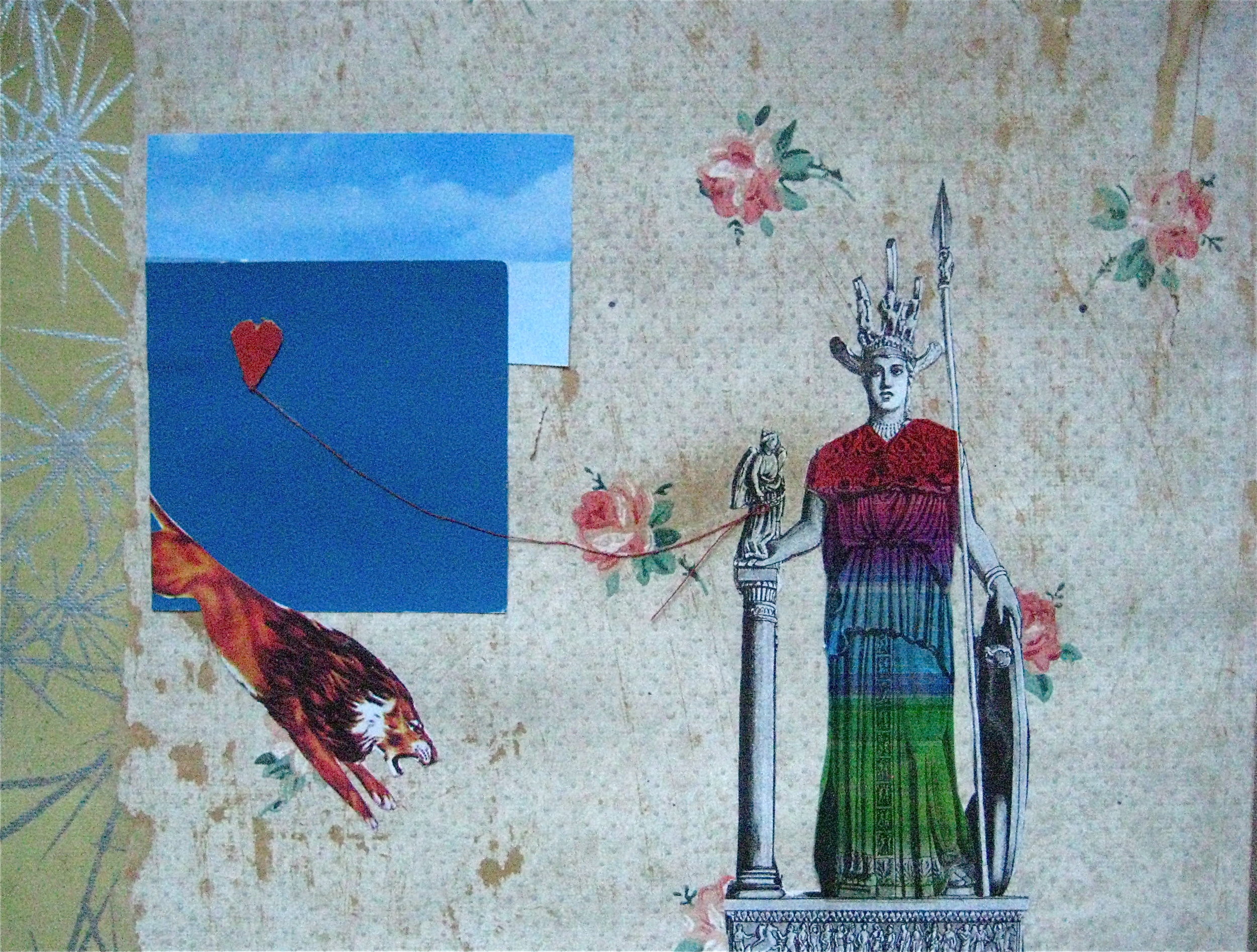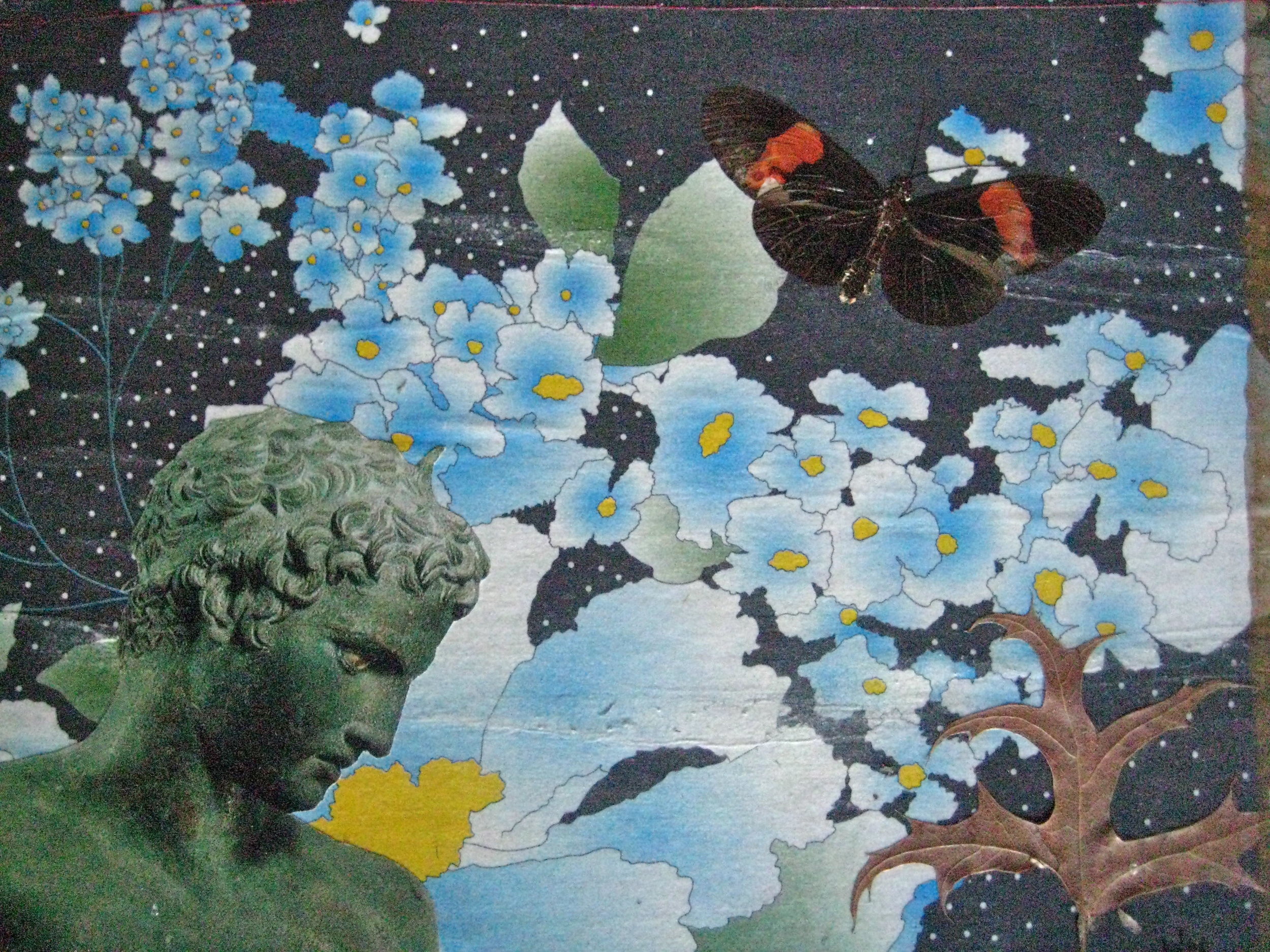Creative Intersections
Eric,
I loved reading what you had to say about Orange, your descriptions and images are always so sharp. While you were waxing poetic for the color orange, I was feeling a bit blue having finally left the Netherlands after 3 months of pleasure at DeWiersse. I’m very happy to be back in Madrid, but the change of scenery is always a shock. To compensate missing DeWiersse, I brought a packed suitcase home full of plants for my two tiny terraces. You’d be pleased to know that among my new treasured plants is a Salvia confertiflora, which I fell hard for since my time at Gravetye. I cannot get enough of the deep orange blooms and the brick red calyxes that it possesses, responsible for why it is my favorite Salvia of all time.
Now, I have some free time while I find and nail down some horticulture work here in Madrid. Lucky for me, my open schedule coincides with fashion season, which has happened in NY, London, and Milan and is currently happening in Paris, where it then wraps up until another 6 months from now. Fashion fascinates me, not for reasons expected, as I do not believe in the dictation of trends, the high cost that is associated with the purchase of such creative pieces (though completely justifiable with some), or the exclusivity people feel it expels, but it is the creativity that gets me going. The process fascinates me to no end, from the beginning ideas to the final presentation. These days it’s easy to see the shows online, not only in photos, but in video, which I take great joy in watching. (A secret guilty pleasure…) Clothes aside, the show altogether can be a brief, sometimes intense, form of theater, lasting only a few minutes after many months of preparation. Together with the hair, makeup, set design, the soundtrack and clothes, the shows create such mood and emotion that they provide an instant boost of creativity in me. It invigorates me to see fresh and new color combinations, hear some good new music or even learn of artists who have created installations for a specific show. There are even instances when I learned of other gardens due to the location of a show such as the Chanel Collection 2011-2012 at Cap D'Antibes, Côte d'Azur, France (here). (A beautiful setting and killer music.). It excites me to see so many creative forces come together for the vision of one person or team to get a message across.
It goes deeper still, having to do with the single vision being sparked from something else, an image, a feeling, a mood, or something concrete to which the collection is usually built around, as a point of departure for the inspiration. It could be a work of art, flowers, or dancers from a certain time period, as well as many other subjects chosen from other tangible fields. Hearing designers speak of what sparked the collection is intriguing, with recent examples being Matisse’s stained glass windows in the Chapelle du Rosaire de Vence in the French Riviera (Aquilano Rimondi), or Dries Van Noten designing a collection based on the fluidity of male ballet dancers. Many other creative fields crossover into each for stimulus and motivation but horticulture, specifically gardening, does not do this so much. 
My thought is this, if we wish for gardening to be understood and enjoyed by more, should we be interpreting the ways we create gardens by sometimes using these other fields as reference points and inspiration too? Would this give people something more tangible to grab on to so they might feel like they are along for the ride rather than just a voyeur? It does happen in horticulture to a degree, I know of the Toronto Music Garden created by Julie Moir Messervy in collaboration with Yo-Yo Ma with by inspiration by a music score from Bach (here), or the garden based on the Georges Seurat painting, Sunday in the Park, in Columbus, Ohio (here). Florists dip into these pools more often than gardeners, often arranging along the same colors that are in fashion. Roberto Burle Marx the great plants man, was a master at crossing things over from sculpture to music to textiles, as well as garden design. There was a course I once took with landscape architect Darrel Morrison and he had us design garden outlines quickly while listening to different jazz songs, an exercise in design that he swore by. Ceramicists, musicians, dancers et al. often reference other creative fields for motivation and it’s puzzling to see why it doesn’t happen more often in gardening. Do we desperately want to stand on our own so much that we fear any reference will take away some of the spotlight?
If horticulture ideas were more fluid and leaned into other creative fields more often, would more people understand and enjoy horticulture? This is not to say to borrow direct ideas from fashion, or other fields but the more things link to other artistic genres the easier it is to gain and keep a captive audience, keep it fresh.
Inspiration, a word that’s thrown around so much these days, but no matter who you are, where you are, or what you do, it undeniably finds its way into your life. If we let more of it shape our creativity, horticulture could go in some very interesting directions. It’s fascinating to see creative links with history and know it’s helping to shape the present. I leave you with this, another blend with a beautiful take on clothes, flowers, and music. (Christian Dior- Paris 2012/2013- Haute Couture) That set leaves me without words, and I wonder what you think ….
- James






